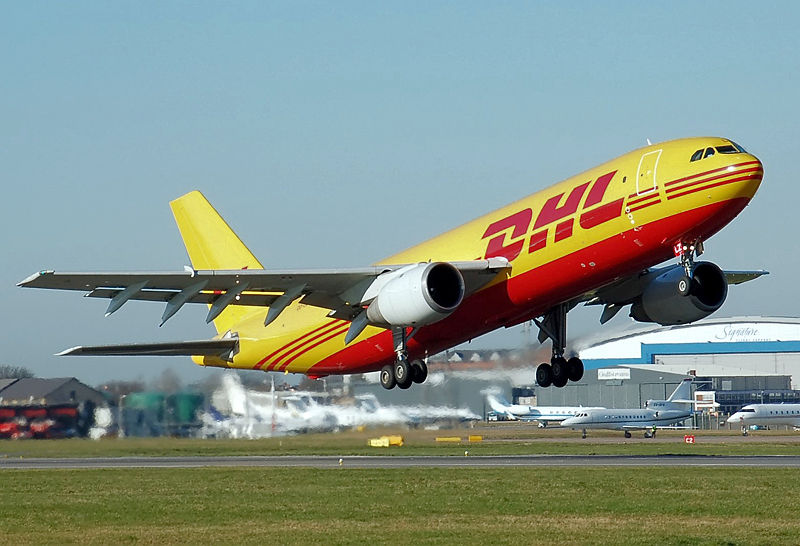


People lined the shore and circled the hangar in small boats to watch that first flight. Count Ferdinand von Zeppelin built his hangar on the lake because he figured, wisely, that his airship might need plenty of room and a soft landing place. On just such an evening a century ago, July 2, 1900, the first zeppelin took off here from a floating hangar. It's easy then to imagine a zeppelin floating offshore- above and in silent harmony with the sailboats that are fanning in from all directions, now that it's dusk and the band is playing and the beer gardens are open on the shore.
#AIRBUS CARGOLIFTER WINDOWS#
Sometimes on summer evenings a brass band assembles by the lake, in knickers and felt hats, and the genteel blat of their horns winds through the streets and floats into open windows and drifts out over the water to die gently, oompah-pah paaaah, in the feather-bed air. Traces of its old resort atmosphere survive, though. And it may also be a very lucrative one, which is why so many people are giving it a try."Ī century after they first took off, half a century after they became quaint, airships are coming back.įriedrichshafen, on Lake Constance in southern Germany, is a modern town, because like many German towns it had to be rebuilt after the war. "Nostalgic as they are, airships could play a very interesting role in as innovative a sector as communications," says Reimund Küke, the engineer in charge of the stratospheric airship project at Astrium, a European aerospace company.

And in transoceanic passenger service- the business pioneered by the Hindenburg and its predecessor, the Graf Zeppelin- they surely didn't, once airplanes cut the crossing time from days to hours.īut the modern economy is creating many new niches, and in some of them being slow isn't much of a drawback- and being lighter than air is a decided plus. Public relations, ironically, had been part of their downfall: After 36 people died when the Hindenburg burned at Lakehurst, New Jersey, in 1937, it became hard to convince anyone that airships had a future. Dirigibles, also known as airships, never deserved to go the way of the telegram or the steam locomotive never deserved to be reduced to flying billboards like the Goodyear blimp. And even dirigibles are making a comeback: They may soon see service as airborne tour buses, flying cranes, and stratospheric cell phone antennas.Īll those statements are surprising, but unlike the first two, the last one is actually true. Western Union is opening scores of new telegraph offices it seems that people drowning in cheap e-mail and faxes long for the drama and succinctness of the telegram. The Union Pacific Railroad recently placed an order for 58 new steam locomotives to meet the growing demand for freight shipments across the American continent.


 0 kommentar(er)
0 kommentar(er)
